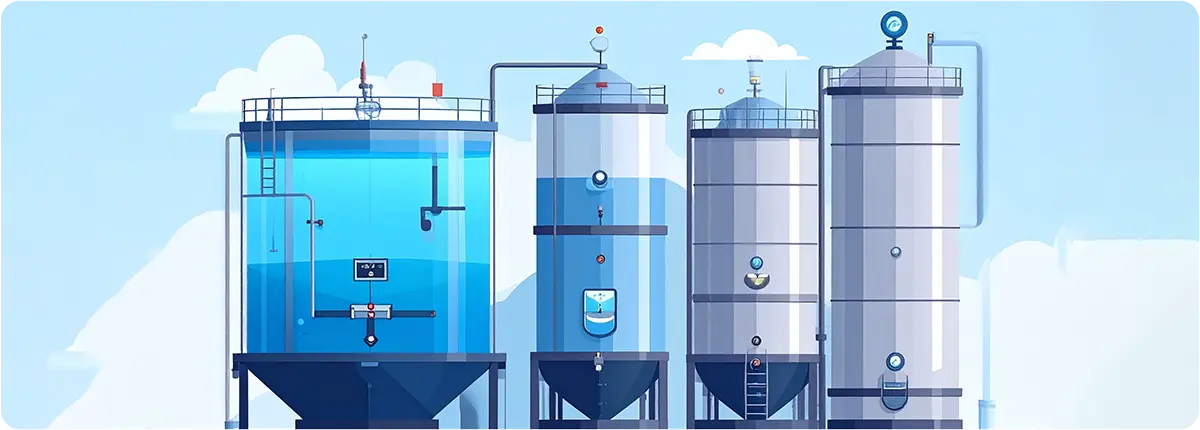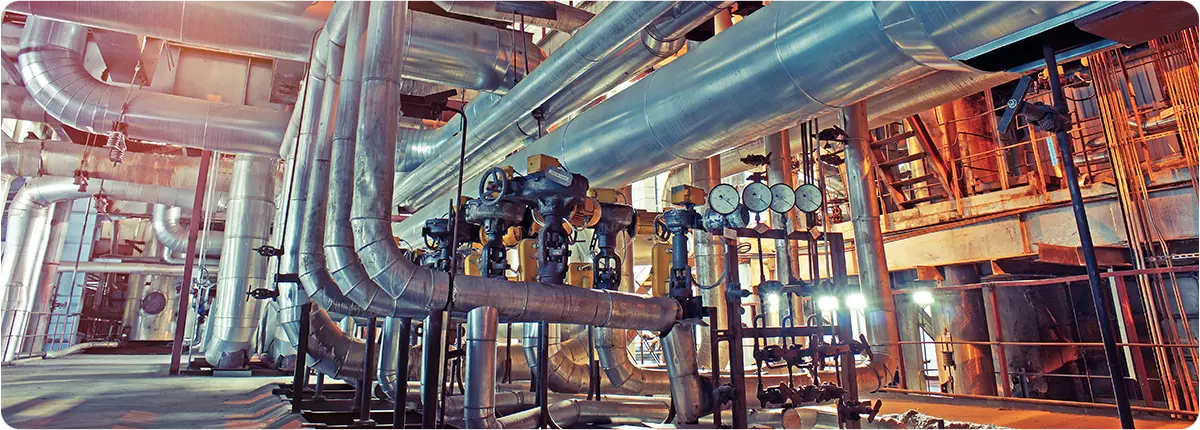Temperature switches are essential devices used in industrial and commercial systems to monitor temperature changes and activate predefined control actions. Unlike transmitters that continuously send analog or digital signals, temperature switches provide a discrete ON/OFF output when the measured temperature reaches a set threshold. This functionality makes them vital in protecting equipment, ensuring safety, and optimizing process performance.
WORKING PRINCIPLE
A temperature switch works by sensing the medium’s temperature through a probe, bulb, or sensing element. Once the temperature crosses the preset limit (setpoint), the switch changes its state:
- Normally Open (NO): The switch closes the circuit when the set temperature is reached.
- Normally Closed (NC): The switch opens the circuit when the threshold is exceeded.
Most modern temperature switches also provide adjustable hysteresis, which prevents frequent switching due to minor temperature fluctuations.
COMMON SENSING ELEMENTS
- Bimetallic Elements: Use two metals with different thermal expansion rates to trigger the switch.
- Gas-Filled Bulbs and Capillaries: Offer high accuracy over a wide temperature range.
- RTD/Thermocouple-Based Switches: Combine sensing with electronics for precise switching.
APPLICATIONS OF TEMPERATURE SWITCHES
- Industrial Boilers & Furnaces: To prevent overheating by cutting off fuel supply.
- HVAC Systems: For regulating heating and cooling cycles.
- Oil & Gas Pipelines: To activate alarms or shut down processes during extreme temperature conditions.
- Food & Beverage Industry: Ensuring safe process temperatures during pasteurization or refrigeration.
- Automotive Systems: Engine cooling systems and exhaust monitoring.
- Chemical & Pharmaceutical Plants: For maintaining precise reaction conditions.
ADVANTAGES OF TEMPERATURE SWITCHES
- High reliability: Instant response to abnormal temperature rise or drop.
- Simplicity: Easy to install and maintain.
- Cost-effective: More affordable than continuous monitoring systems when only switching action is needed.
- Versatility: Available in mechanical, pneumatic, or electronic designs.
- Safety compliance: Protects personnel and equipment from hazards caused by thermal overload.
SELECTION CRITERIA FOR TEMPERATURE SWITCHES
- Temperature range: Ensure the switch can operate within the process limits.
- Accuracy and repeatability: Critical in sensitive processes like pharmaceuticals.
- Switching capacity: Current/voltage rating of the electrical contacts.
- Response time: Fast response is crucial in safety-critical applications.
- Environmental conditions: Resistance to vibration, moisture, dust, or explosive atmospheres.
- Certifications and standards: ATEX, IECEx, or SIL compliance for hazardous areas.
- Hysteresis adjustment: To prevent chattering due to small fluctuations.
EXAMPLE: BOILER OVERHEATING PROTECTION
In a steam boiler system, a temperature switch may be installed at the steam outlet. If the steam temperature exceeds the maximum allowable limit (e.g., 180 °C), the switch immediately cuts off the burner’s fuel supply and activates an alarm. This prevents catastrophic failure and ensures safe operation.
FUTURE TRENDS
With the advancement of smart process instrumentation, temperature switches are being integrated with digital communication protocols (Modbus, IO-Link) and diagnostics. These smart temperature switches can log switching events, monitor health, and integrate with predictive maintenance platforms.
CONCLUSION
Temperature switches remain a cornerstone of thermal safety and process control. They are simple yet powerful devices that prevent overheating, protect equipment, and safeguard human lives. By carefully selecting the correct type, range, and design, industries can enhance operational safety and extend the lifespan of their assets.


